Electrical Substations in VR for Safe and Interactive Learning
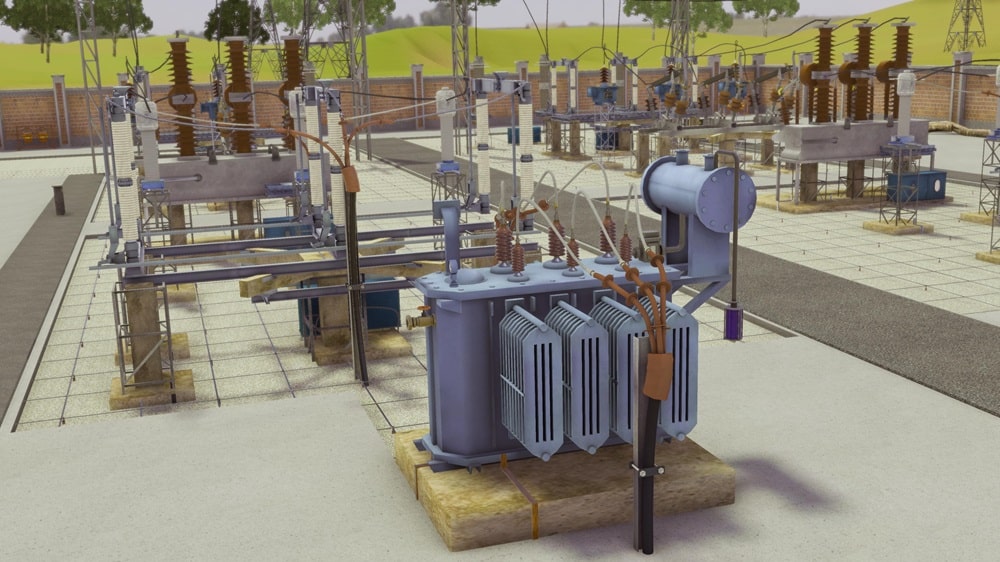
If you are an educator in the field of engineering, you know how important gaining hands-on experience is for the students. For an arrangement like an electrical substation industrial visit, would you like to spend 3000$ just for a day?
That’s the approximate cost it would take for an institute to take the students on an electrical substation visit.
This blog explores how VR technology is transforming the learning landscape of electrical substations, and why it should be embraced by educational institutions.
Let’s get started.
Challenges In Electrical Substations Industrial Visits
Some of the potential risks of industrial visits to electrical substations are as follows-
The difficulty with traditional industrial visits is that it doesn’t provide the students with the practical, hands-on experience needed to understand the many complexities of electrical substations.
These include interconnected systems of transformers, circuit breakers, and relay systems.
There are countless students and it is not possible to gauge the learning extent of each pupil. This can result in a missing piece of knowledge and skills when students move into real-world applications.
High voltages (up to 800 kV) and potentially dangerous equipment (Like capacitor banks, battery rooms, and lightning arresters) are involved in electrical substations.
In a live environment safety risks are high including electrical shock, equipment failure, or accidents during maintenance procedures.
If students are merely taught from bookwork they may have trouble detecting and responding to substation hazards. The lack of practical application of this can result in bad decision-making in high-stress situations.
How VR Enhances Learning in Electrical Substations
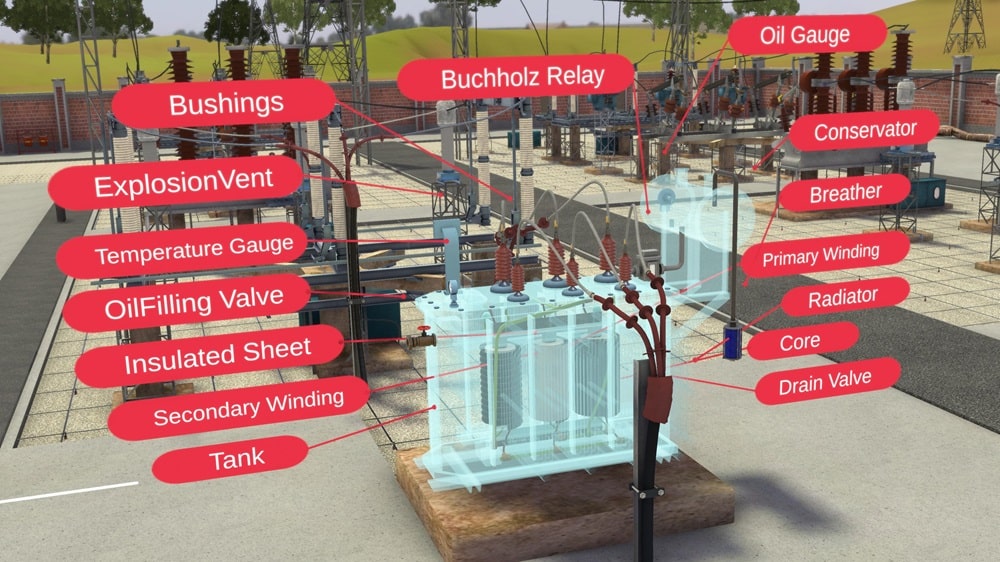
A study by Stanford University showed that students in immersive learning environments were able to remember facts 25% more than learning in traditional ways. In what way will it benefit the institute as a whole?
Let’s look at the ROI factor first
Greater ROI - Fact or Assumption?
Industrial visits to electrical substations provide educational institutions with a higher return on investment (ROI) compared to traditional visits.
For instance, while a typical physical visit incurs significant costs—such as transportation, accommodation, and lost instructional time—virtual visits can drastically reduce these expenses.
According to industry estimates, educational institutions can save up to 30% on training-related costs by adopting virtual reality solutions for industrial visits.
Virtual visits allow for an unlimited number of students to participate simultaneously without the logistical challenges of coordinating physical travel.
This scalability can lead to increased student engagement and knowledge retention; studies have shown that immersive learning experiences can improve knowledge retention by up to 75%.
Studies indicate that nearly 30% of college students do not complete their degrees. This disengagement can be attributed to various factors, including the disconnect between theoretical learning and real-world applications.

A study conducted at the University of Wollongong found that VR for electrical engineering provided a comparable experience to traditional field trips while offering stronger cognitive learning benefits.
With such skilled students, the placement rates are going to increase exponentially. exhibited 275% greater confidence in applying their skills.
As students become more skilled and confident through VR training, they are more likely to complete their programs and secure employment after graduation. This would lead to the college ranking soaring higher than usual, thus contributing to the overall reputation of the institute.
According to reports, only 45% of engineers get exposure to programs with hands-on experience.
The ones who don’t face a lot of challenges later on. One of the benefits of VR in electrical engineering is that it solves this issue by providing sufficient hands-on experience concerning procedures like electrical safety protocols and operational procedures of the equipment.
VR solves this issue by providing sufficient hands-on experience concerning procedures like electrical safety protocols and operational procedures of the equipment.
Now that we have seen the benefits that electrical substation training in VR provides to the institutes, there arises another pertinent question. What do the students gain from immersive learning experiences? Are there any tangible benefits? Let’s see.
Other Benefits of Teaching Electrical Substations in VR-
Let us now go through some of the other ways in which this VR for better learning is going to benefit the students-
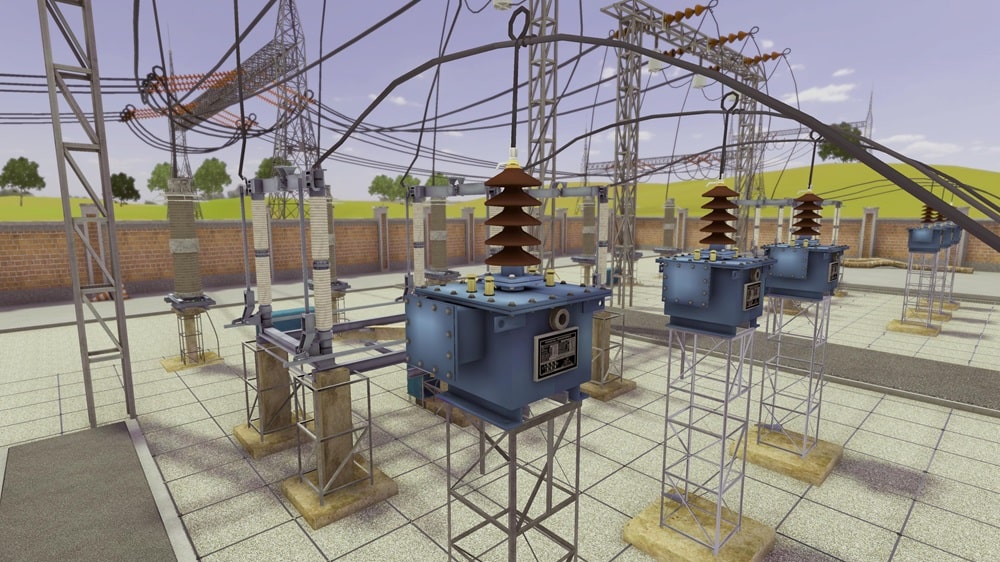
Electrical Substations Immersive Training
An immersive training experience in VR enables learners to interact with a virtual, real-life electrical substation. The technology allows trainees to practice important skills without the risks inherent to real equipment.
VR simulations have been used at the University of Wollongong in Australia to enable students to get a practical understanding of electrical substation operations, with a view to improving practical skills and safety.
Realistic Scenarios
An exposed wire or overloaded circuit can prove to be a hazard. Students participate in realistic simulations in which they must identify these hazards. For example, Immersafety reports that participants who trained in VR were 70% more effective at identifying potential hazards than traditional methods.
It was found in research that participants using immersive technologies in colleges for electrical safety training felt 50% more confident in their ability to deal with real-world scenarios
This is because VR gives learners the experience of a “multimodal” form of learning, which is connected to the “Multiple Intelligence Theory” in education.
It posits that for a particular learner, a certain mode of imparting education is the right path- visual, auditory, kinesthetic, et al. VR provides almost all the modes at once, enhancing the learning outcome.
 Get the App from Meta Store: Download Now
Get the App from Meta Store: Download Now
Emergency Preparedness:
Thanks to VR scenarios, trainees can experience emergency situations such as electrical fires or arc flash incidents, without real-world consequences, to practise appropriate response procedures. Immersive training has been shown to reduce response time to emergencies by up to 30%
Future of Electrical Substation Training
With the future of higher education and technical training on the horizon, it’s obvious that the integration of immersive technologies such as VR into curricula is not only useful, it is necessary.
Taking up these ingenious solutions, educators will be able to offer the students the ability to learn about electrical substations in depth.
Change is the first step in the journey to safer electrical substations. As educators committed to creating safe learning environments, ask yourselves how you might add VR to your programs.
-min.png)
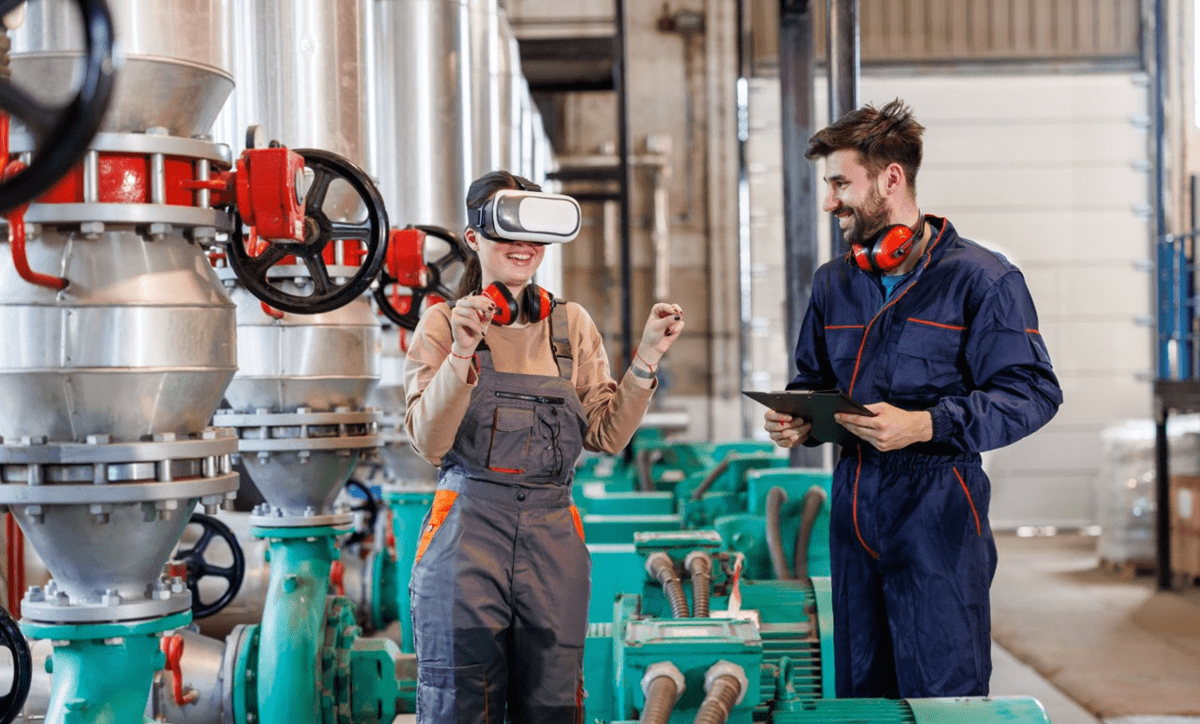
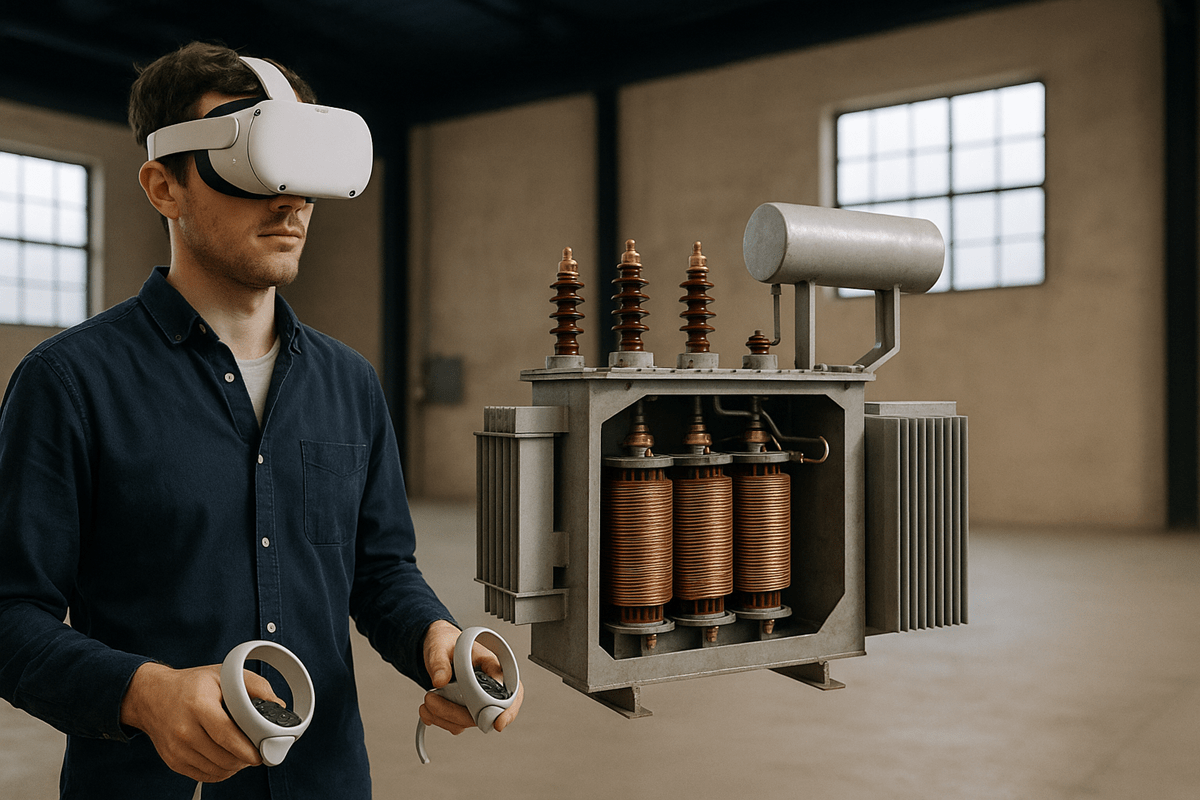
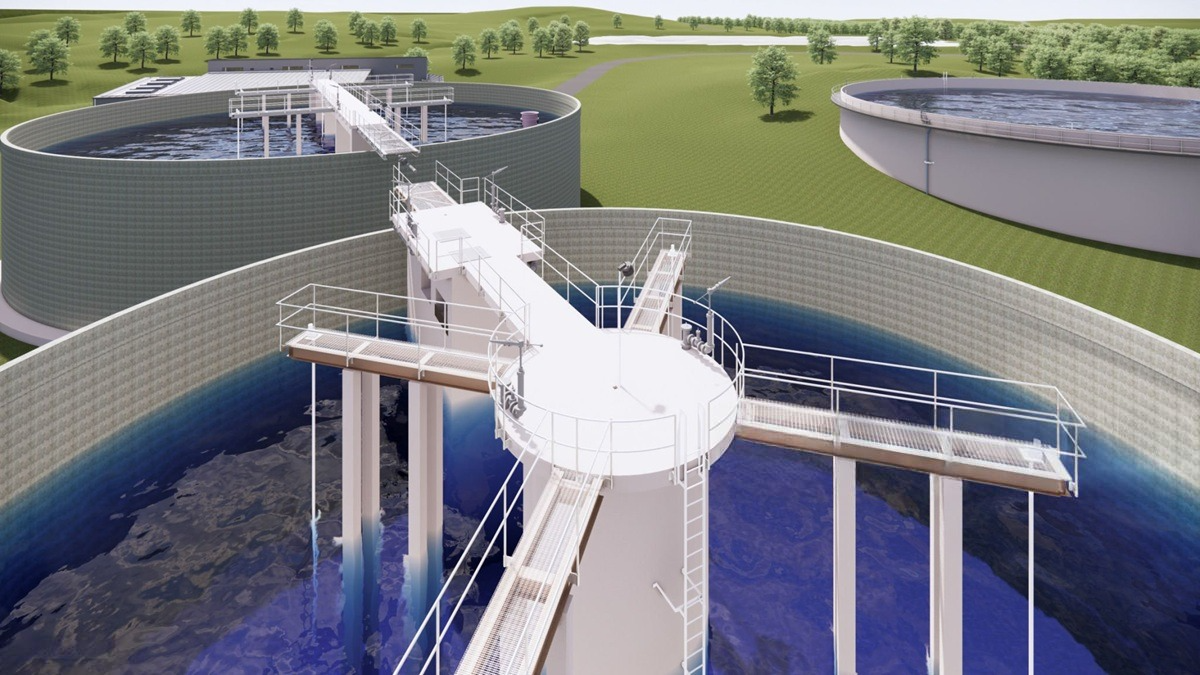
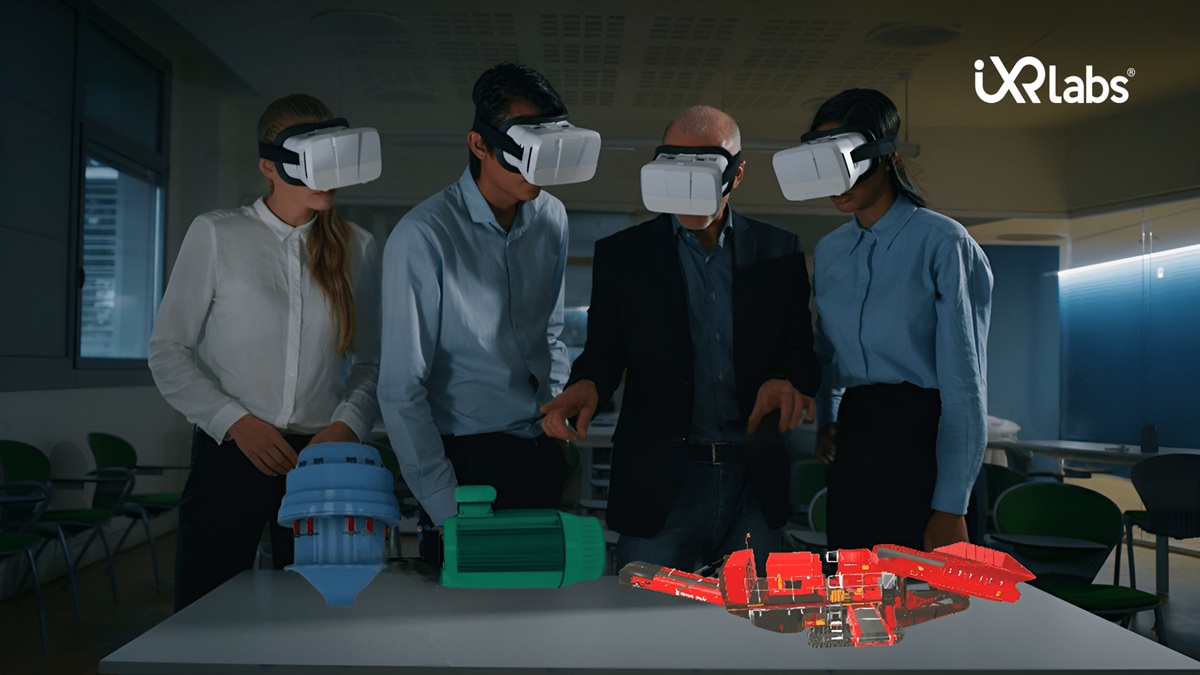
.png)